All trees flower; the spent chartreuse blooms from the Norway maples in my neighborhood have begun to blanket the streets like an algal bloom on a pond. I do so appreciate that vibrant spring green; I feel deserving of it, after my winter. Green flowers seem appropriately dignified, for a tree. But those early and girly pink flowering trees-do we love them? This old weeping cherry-is it beautiful, or is that candy pink ballerina’s tutu too too much?
 I am very fond of all the magnolias that manage to survive in my zone. The saucer magnolia has opulently scaled pale pink blooms. They flop open in a decadent and provocative manner. The slightest frost stains the pale flowers with rust; the slightest heat finishes the flowers off in moments. The ground beneath them will be littered with decaying petals-no other tree makes such an ostentatious display in bloom. It is the Sarah Bernhardt of flowering trees; do I like this? Whether I do, or not, I like seeing this play, every year.
I am very fond of all the magnolias that manage to survive in my zone. The saucer magnolia has opulently scaled pale pink blooms. They flop open in a decadent and provocative manner. The slightest frost stains the pale flowers with rust; the slightest heat finishes the flowers off in moments. The ground beneath them will be littered with decaying petals-no other tree makes such an ostentatious display in bloom. It is the Sarah Bernhardt of flowering trees; do I like this? Whether I do, or not, I like seeing this play, every year.
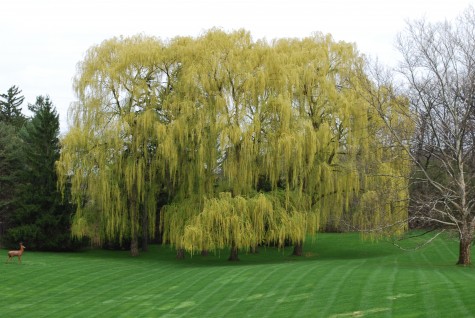 These weeping willows are astonishly dramatic, at the blooming and leafing out stage. This grove is dripping yellow green spring. No small part of how beautiful they look is the large space that was given over to allowing them to be what nature intended. Willows are perfectly splendid in the spring.
These weeping willows are astonishly dramatic, at the blooming and leafing out stage. This grove is dripping yellow green spring. No small part of how beautiful they look is the large space that was given over to allowing them to be what nature intended. Willows are perfectly splendid in the spring.
 This old crabapple ignites, and lights up the sky behind my neighbor’s garage; it is in full bud right now, ready to burst forth on the scene from my terrace. I do not even see this tree the entire rest of the year. The next 10 days, it turns the air pink. Do I like this? Would I have this? Am I happy to have it right now-yes.
This old crabapple ignites, and lights up the sky behind my neighbor’s garage; it is in full bud right now, ready to burst forth on the scene from my terrace. I do not even see this tree the entire rest of the year. The next 10 days, it turns the air pink. Do I like this? Would I have this? Am I happy to have it right now-yes.
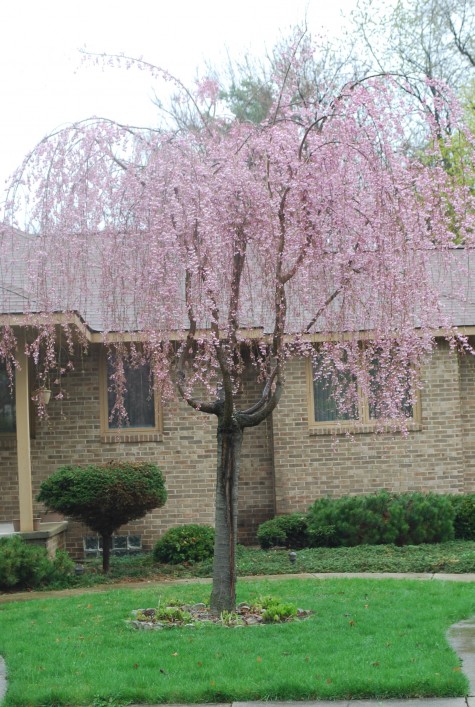 Across the street is an old top grafted cherry. The trunk bark is split open like a weak seam on a tight shirt-who knows whether lightning, scald, or other damage created such a giant wound. But the tree has put on its frothy petticoat every year I have lived here, despite the fact it gets no care of any kind. Some days I marvel at the contrast of its dainty blooms, and its scarred trunk-other days I cannot bear to look. Are grafted, weeping and blooming trees an alien nation- born of man’s misguided meddling with nature? No matter my answer to this question, would I have inherited this tree, I would care for it, and treasure its persistence.
Across the street is an old top grafted cherry. The trunk bark is split open like a weak seam on a tight shirt-who knows whether lightning, scald, or other damage created such a giant wound. But the tree has put on its frothy petticoat every year I have lived here, despite the fact it gets no care of any kind. Some days I marvel at the contrast of its dainty blooms, and its scarred trunk-other days I cannot bear to look. Are grafted, weeping and blooming trees an alien nation- born of man’s misguided meddling with nature? No matter my answer to this question, would I have inherited this tree, I would care for it, and treasure its persistence.
 My big Norway is in its glory right this moment-chartreuse and blue never looked so good. This stage will be gone, before I have had my visual fill. Some trees are architectural; their branch structure, or bark, or shape, or leaf forms reward the eye of a gardener. The giant shade trees- their massive dignity have graced streets all across this country. They are able to put a protective roof over a garden in such a graceful way you might not even notice. The ornamental trees-those smaller trees with odd forms, or showy blooms-they have their day, and their place. Should you be thinking about trees, try to figure out what you like; I hope you have more success than I.
My big Norway is in its glory right this moment-chartreuse and blue never looked so good. This stage will be gone, before I have had my visual fill. Some trees are architectural; their branch structure, or bark, or shape, or leaf forms reward the eye of a gardener. The giant shade trees- their massive dignity have graced streets all across this country. They are able to put a protective roof over a garden in such a graceful way you might not even notice. The ornamental trees-those smaller trees with odd forms, or showy blooms-they have their day, and their place. Should you be thinking about trees, try to figure out what you like; I hope you have more success than I.
Who are the ornamental trees? If you like subtly natural, look at the amelanchiers (serviceberries, or shadblow), cornelian cherry, witch hazel, and its relative, parrotia. If you like the showgirls, go for pink cherries, crabs, and magnolias. Magnolia Jane is small growing and very floriferous. If you blush at that pink, try the Venus dogwoods, snowdrift crabs, apple trees, the magnolias stellata, or the yellow magnolias-Yellow Butterflies, or Elizabeth. Should you live in my zone, visit a nursery right now, and review your choices. Be seduced-this is what spring is all about.
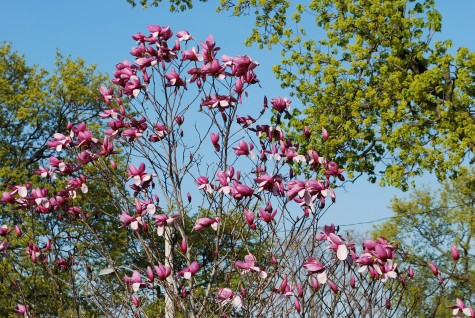
My ornamental tree review, The Galaxy Magnolia Girls, are putting on their show nightly, as long as the cool temperatures last. I do not plan to miss a single performance.

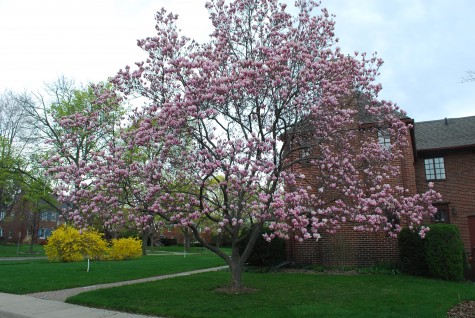
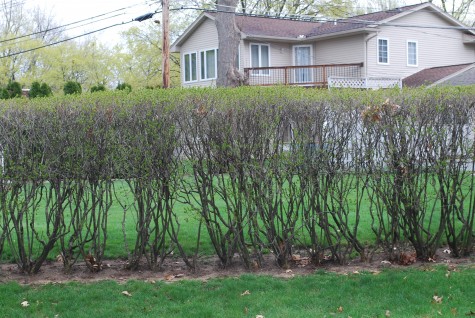
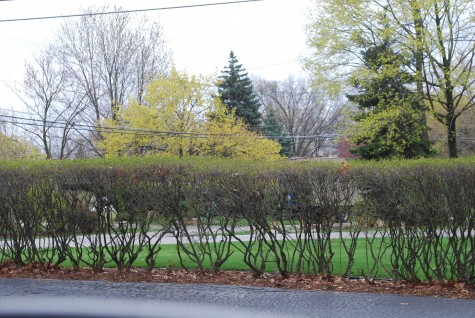
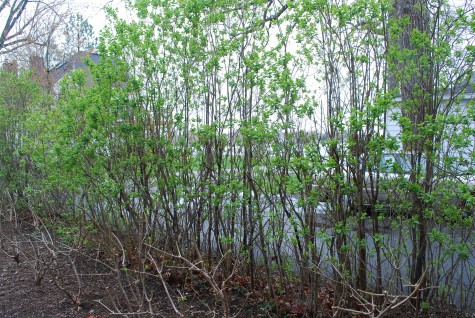
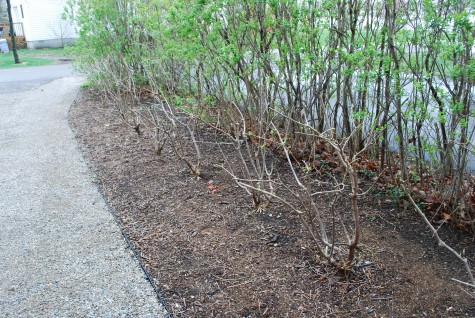

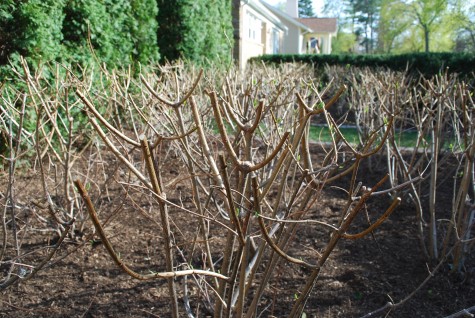
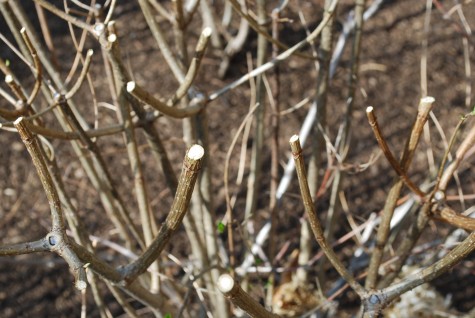
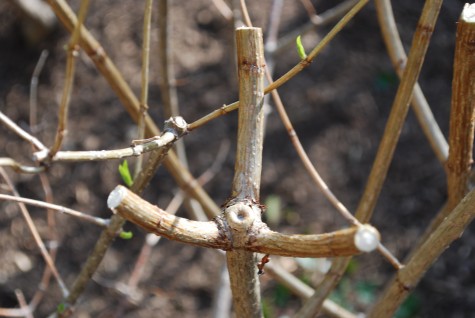

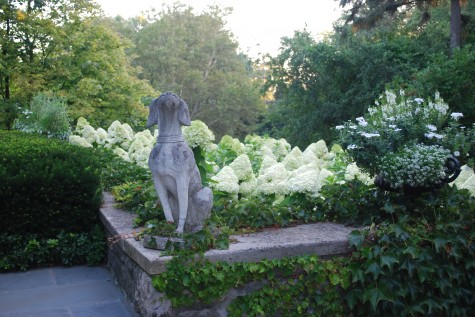
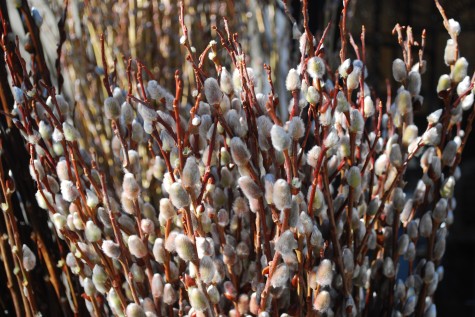

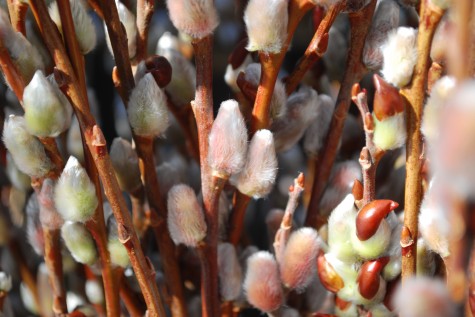
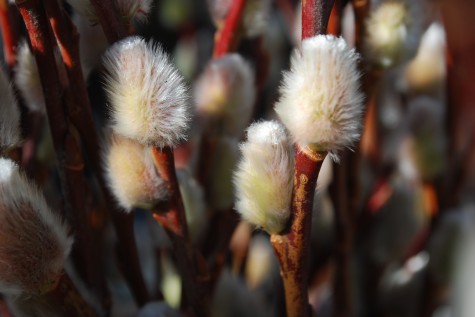
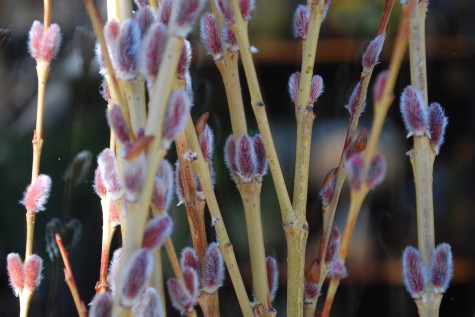
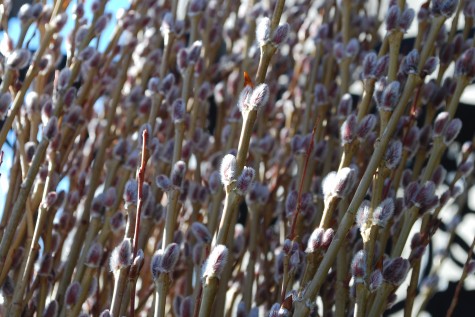

![securedownload[2] securedownload[2]](https://deborahsilver.com/wp-content/uploads/2010/02/securedownload21-475x315.jpg) I have seen plenty of walls in my career that have taken my breath away; surely there are countless and untold thousands of other beautiful walls I might not ever see. I cut an article out about the stone wall at the Picasso Museum in Antibes many years ago-I am still crazy about it. Janet has been there many times; her entire expression changed, just talking to me about it. But no stone, concrete or brick wall could ever compare, in my mind, to a green wall. This nursery row of espaliered katsuras is just about the most beautiful thing I have ever laid eyes on. I could keep on looking at this, as long as I was able to keep on gardening.
I have seen plenty of walls in my career that have taken my breath away; surely there are countless and untold thousands of other beautiful walls I might not ever see. I cut an article out about the stone wall at the Picasso Museum in Antibes many years ago-I am still crazy about it. Janet has been there many times; her entire expression changed, just talking to me about it. But no stone, concrete or brick wall could ever compare, in my mind, to a green wall. This nursery row of espaliered katsuras is just about the most beautiful thing I have ever laid eyes on. I could keep on looking at this, as long as I was able to keep on gardening.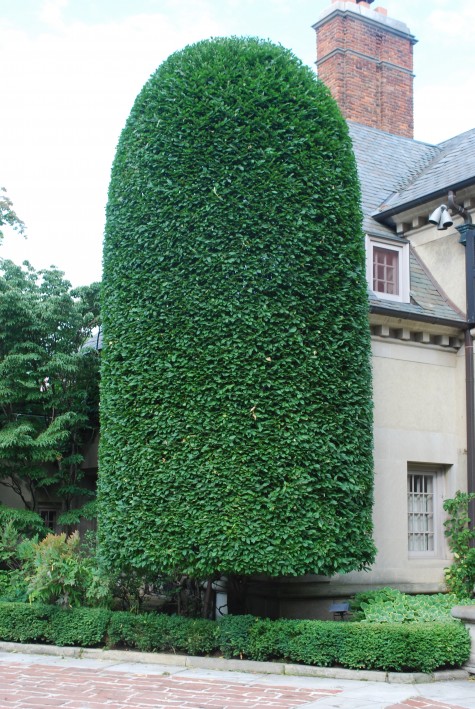 Janet has some gorgeous walls of her own-green, and otherwise. This old carpinus so beautifully shaped and trimmed is a lot of things. Green punctuation. Green sculpture. Some days it reads to my eye as a brief green wall. Were you ever able to see the giant glass window behind this wall, from which a beautiful shade garden can be viewed, you would understand the part played by this carpinus. It makes for enclosure, solitude, privacy.
Janet has some gorgeous walls of her own-green, and otherwise. This old carpinus so beautifully shaped and trimmed is a lot of things. Green punctuation. Green sculpture. Some days it reads to my eye as a brief green wall. Were you ever able to see the giant glass window behind this wall, from which a beautiful shade garden can be viewed, you would understand the part played by this carpinus. It makes for enclosure, solitude, privacy. 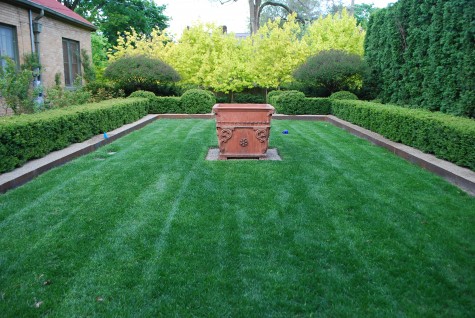 The bricked south side of my house encloses my interior space, but it functions in my garden like a wall. That wall radiates heat to my roses and Japanese anemones. The corresponding green wall to the north-Thuja “Nigra”-a dense arborvitae with a uniformly vertical habit. It corresponds in heft and height to the wall of my house. It creates one of the four edges of the composition of this garden space. Not incidentally, it shields me from a view of the two story house next door. My private garden-just what I want, when I get home.
The bricked south side of my house encloses my interior space, but it functions in my garden like a wall. That wall radiates heat to my roses and Japanese anemones. The corresponding green wall to the north-Thuja “Nigra”-a dense arborvitae with a uniformly vertical habit. It corresponds in heft and height to the wall of my house. It creates one of the four edges of the composition of this garden space. Not incidentally, it shields me from a view of the two story house next door. My private garden-just what I want, when I get home.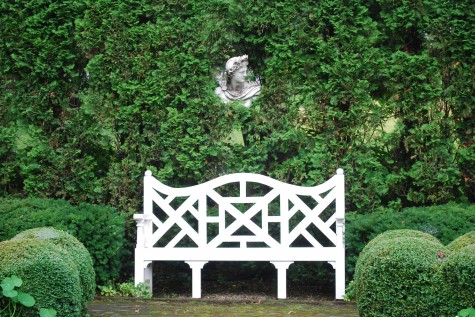 Green walls do not only screen untoward views. They provide living enclosure to private garden spaces. This classical bust, positioned to peer through a green wall is quietly and beautifully wreathed, framed, in green.
Green walls do not only screen untoward views. They provide living enclosure to private garden spaces. This classical bust, positioned to peer through a green wall is quietly and beautifully wreathed, framed, in green.  Not all green walls need be so formal and planar. Irregularly and thickly placed evergreens can enclose a garden space in a more natural way than a flat wall. Though I am delighted to see or read about the great European gardens, designing in the round is a luxury. I have a small space upon which to garden, as do most clients I have. My clients with properties 8 acres or better-not so many. Green walls are most definitely a part of my design vocabulary. I have no problem planting small plants in anticipation of a green wall; plants grow.
Not all green walls need be so formal and planar. Irregularly and thickly placed evergreens can enclose a garden space in a more natural way than a flat wall. Though I am delighted to see or read about the great European gardens, designing in the round is a luxury. I have a small space upon which to garden, as do most clients I have. My clients with properties 8 acres or better-not so many. Green walls are most definitely a part of my design vocabulary. I have no problem planting small plants in anticipation of a green wall; plants grow. 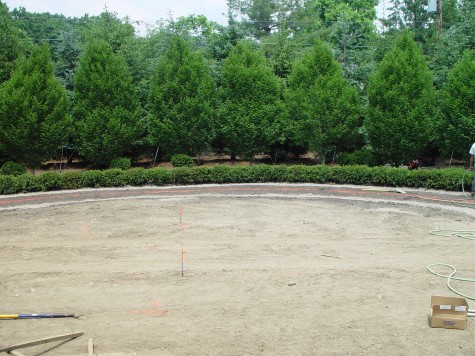 Only once have I had the occasion to plant carpinus of this size. Their planting and care consumed me for three years, until they established properly. Behind them, another wall of spruce. Behind and beyond those spruce, properties with no stewards. That view, once it disappeared, never intruded again on my clients delight in their garden. My arborvitae were seven feet tall when I planted them-I waited, and was rewarded with a beautiful tall wall-faster than I thought.
Only once have I had the occasion to plant carpinus of this size. Their planting and care consumed me for three years, until they established properly. Behind them, another wall of spruce. Behind and beyond those spruce, properties with no stewards. That view, once it disappeared, never intruded again on my clients delight in their garden. My arborvitae were seven feet tall when I planted them-I waited, and was rewarded with a beautiful tall wall-faster than I thought.![securedownload[5] securedownload[5]](https://deborahsilver.com/wp-content/uploads/2010/02/securedownload5-475x356.jpg) Espaliers trained from London Plane trees-this is a very big gesture. When the day comes that all those favoring big gestures in the landscape need to line up and congregate, I will get up and go. This swooping green wall is defined by trees whose trunks have calipers suggesting considerable age-the green has yet to grow in.
Espaliers trained from London Plane trees-this is a very big gesture. When the day comes that all those favoring big gestures in the landscape need to line up and congregate, I will get up and go. This swooping green wall is defined by trees whose trunks have calipers suggesting considerable age-the green has yet to grow in. ![securedownload[1] securedownload[1]](https://deborahsilver.com/wp-content/uploads/2010/02/securedownload11-475x633.jpg)